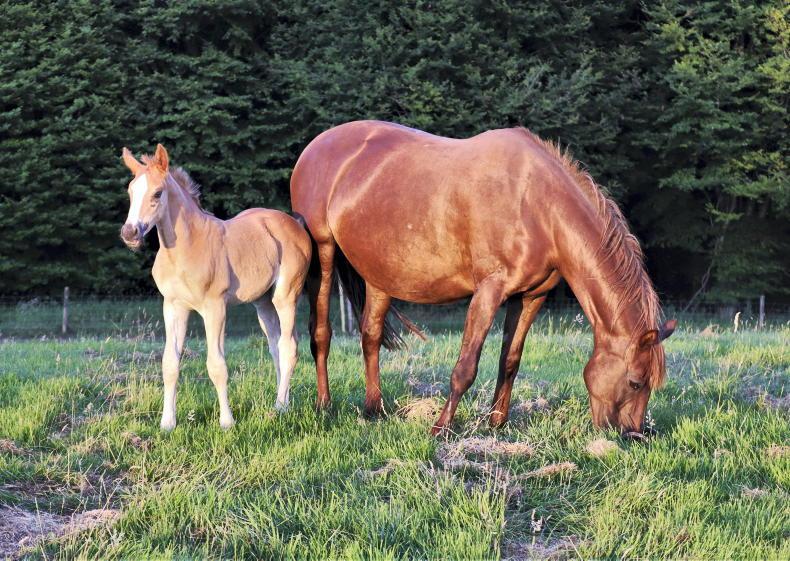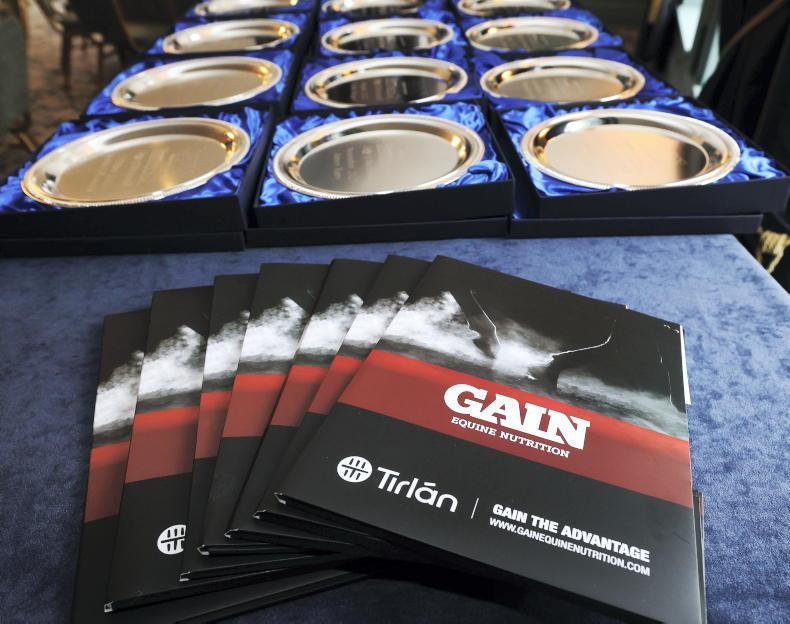FOLLOWING a cold and dry spell over the last number of weeks, the start of the grazing season has had a start-stop feel to it. With welcome rain falling during the week and milder temperatures nationwide, grass should start to grow. Some areas will be a little behind others depending on the soil type, usage or rest over the winter months and if there has been any lodging of water during the heavier spells of recent rainfall.
In the spring, preparation for grazing should be carried out, with rolling and harrowing utilised when ground conditions are suitable. Once grass becomes plentiful, it makes sense from an economic and horse health and welfare viewpoint to maximise the contribution that good quality pasture can make to the overall diet of your horse.


 This is a subscriber-only article
This is a subscriber-only article
 It looks like you're browsing in private mode
It looks like you're browsing in private mode








SHARING OPTIONS: